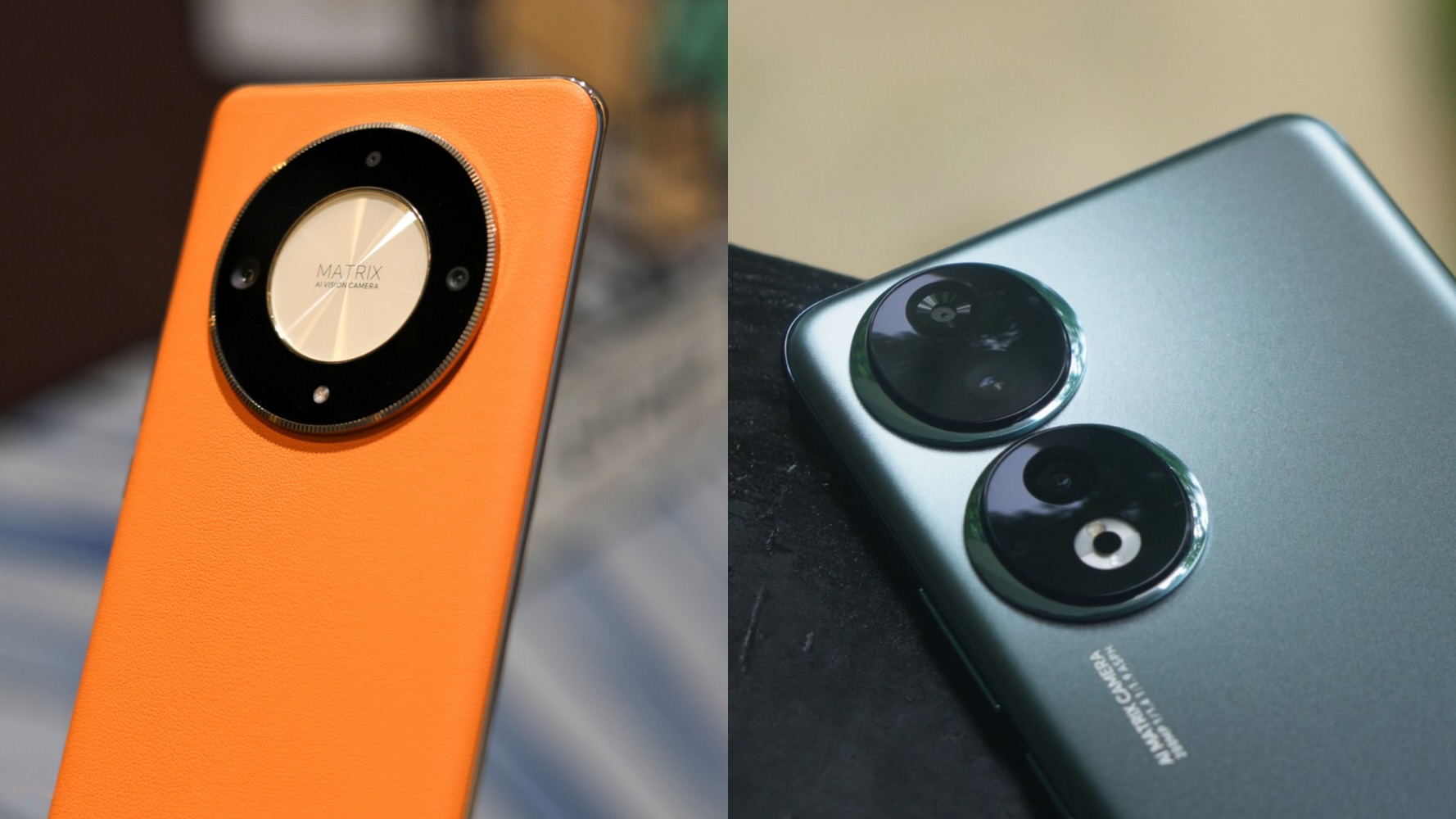
Like clockwork Qualcomm has officially launched their latest flagship processor that will likely power the next flagship phones from all your favorite OEMs. The new Snapdragon 835 chipset builds on the work of their already excellent Snapdragon 820 SoC launched last year, utilizing Qualcomm’s custom Kryo CPU architecture to deliver even better performance and power efficiency over the previous iteration.
Read: 3 Key Features of the New Snapdragon 835
Jamie’s already done a great job explaining what the new chipset brings to the table here, but let’s talk about the specific features now that everything is nice and official. The new processor is an octa-core setup rather than the quad-core that the Snapdragon 820 was, and uses two clusters of four cores. A 4x 2.45GHz Kryo 280 cluster provides the number crunching duties for demanding tasks, while 4x 1.9GHz Kryo 280 cluster should take care of everything else. In fact, Qualcomm is expecting that the power-efficient (and lower clocked) core should be able to handle up to 80% of the tasks that our mobile devices have to handle. And while the processor is expected to be only 30% faster than the Snapdragon 820, it’s able to deliver around 2.5 hours more battery life compared to the previous flagship SoC, thanks to its more power efficient setup and smaller 10nm manufacturing process.
As far as GPU goes, the Snapdragon 835 has an Adreno 540 GPU. While it’s based on the same architecture as the 530 on the Snapdragon 820 last year, it has a bunch of new features, including faster trilinear filtering and GPGPU compute, as well as fully supporting DirectX 12, OpenGL ES 3.2, OpenCL 2.0, & Vulkan graphics APIs, as well as Google Daydream VR. Performance wise, it’s around 25 percent better in 3D rendering performance compared to the 530 last year.
The Snapdragon 835 also has a myriad of antenna tech allowing for the best wireless experience possible, which include the X16 LTE modem for Gigabit Class LTE connectivity, integrated 2×2 802.11ac Wave 2 Wi-Fi and Bluetooth 5, and optional 802.11ad for Multi-gigabit connectivity.
Expect the new processor to be powering the flagship phones of your favorite OEMs later this year.




































































